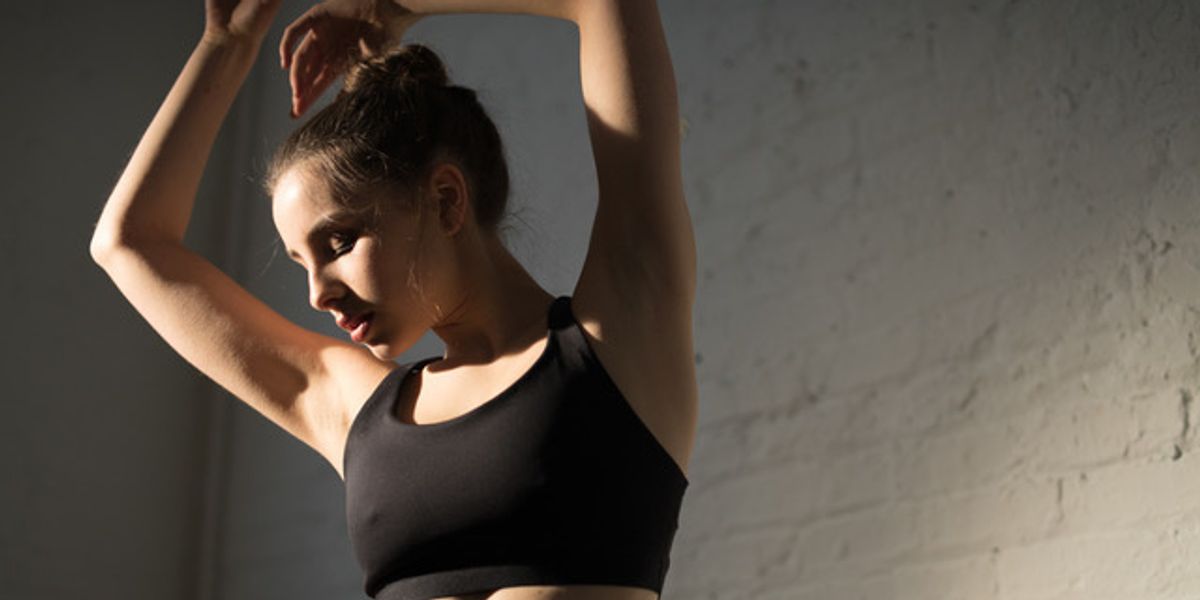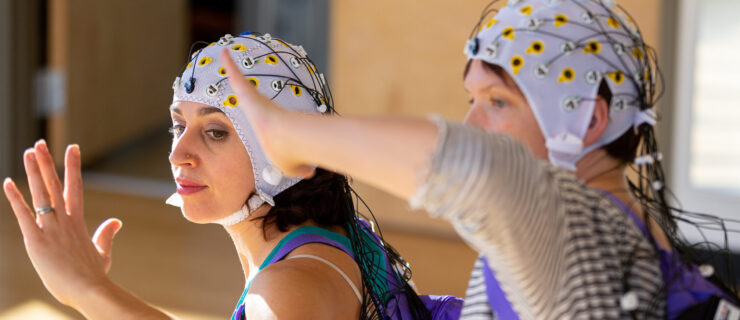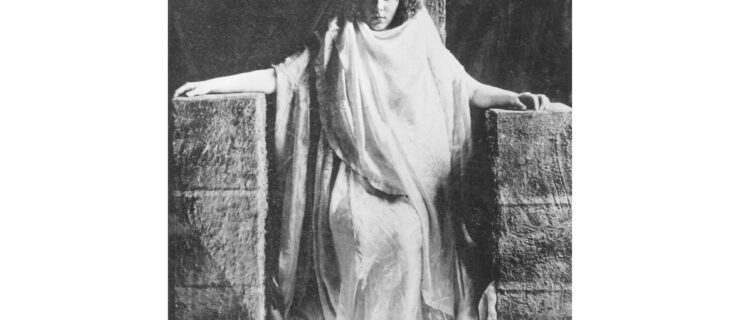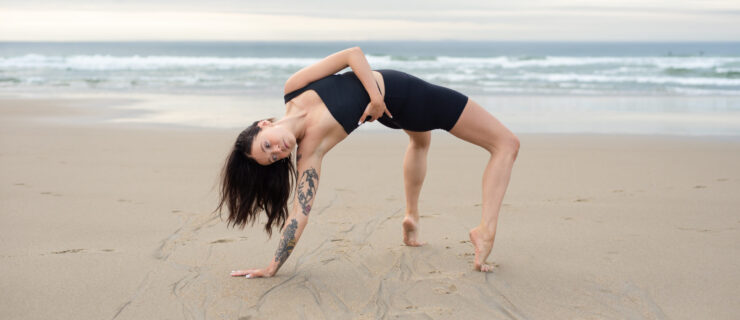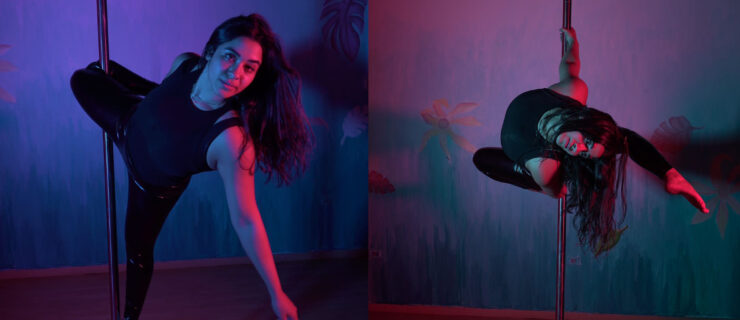The Ballet Influencers with Bigger Careers Online Than Onstage
Some dancers call them “fake” ballerinas. Some resent their lack of serious stage credentials to back up their success. Some feel their accounts are deceitful, since regular people don’t know the difference between a great dancer and a great dance model.
But most ballet influencers aren’t out to trick anyone. They’re simply finding a new way to keep ballet in their lives.
“At first I didn’t want to be known as an ‘influencer,’ ” says Brittany Cavaco, who has more than 221,000 followers on her Instagram account @TheBallerina. “It seems like not a real job. I want people to respect me as a ballet dancer because of my technique, not just because I have a social media following.”
But she’s come to embrace her online fame as a platform to share her love for ballet—and a way to make money while traveling the world with her dance bag in tow.
“I had teachers who told me I would never make it, that I didn’t have what it takes,” says Cavaco, who guests as an extra corps member with English National Ballet, and will be joining American Contemporary Ballet in Los Angeles next season. “Instagram is a way to give myself an opportunity, to show myself what kind of dancer I am.”
Dancers are used to waiting for gatekeepers to give them permission to be an artist: the director who hires you, the presenter who commissions you, the grantor who funds you. So it can feel like those who skyrocket to fame through social media are somehow cheating.
“For a lot of dancers, whether you’re in a company or school, there’s always a director who has power over you and your career. When you start your own thing, you step into your own power,” says Sassy Gregson-Williams, 21. A former trainee with The Joffrey Ballet in Chicago, she quit ballet after a cycle of injuries sapped her desire to dance. Today, she devotes her energy to Naturally Sassy, a wellness brand she launched as a teenager. “It felt more empowering to build my own platform than to wait for my ligaments to get back to full strength.”
For ballet influencers, social media becomes a career in its own right, rather than just a tool for self-promotion. Those who do it well have figured out how to capitalize on the glamorous pop-culture allure of ballerinas, taking advantage of the stereotype of the dancer as an other-worldly beauty—not to mention dance’s sex appeal.
And they’ve learned the rules of a whole new kind of game.
Instagram isn’t about carrying the emotional arc of a two-act ballet. It’s about quickly grabbing the attention of people who are mindlessly scrolling through their phones. Social media mainly rewards stunning tricks and visual candy, and curating a constant stream of that takes its own skill set. So, of course, sponsorship opportunities go to those who are the savviest at social media, not necessarily those who’ve spent the most time working in the studio.
Creating a savvy account is far less effortless than it’s made to look. Cavaco estimates that she spends up to two hours a day crafting posts and stories. Gregson-Williams jokes that she sometimes feels like a customer service rep because she spends so much time responding to her followers.
That’s time many dancers would rather devote to working on their craft in the studio, or cross-training, or recovering, or earning a college degree. But for influencers, it can be worth the effort to bring in business. Gregson-Williams, for instance, just launched her own online workout studio. Cavaco has booked campaigns with brands like Delta, H&M and Athleta, as well as tourism bureaus in far-off locations like Hong Kong and the French Alps.
Yet being an influencer isn’t always as lucrative as you might imagine.
Ashlyn Mae
, 20, who had a soloist contract at the ill-fated American National Ballet before it imploded in late 2017, has only recently started to figure out how to leverage her 65,000 followers. Although she has gotten paid to post some ads for vegan food companies, her collaborations with dancewear brands have only gotten her free products, not paychecks.
That’s not her primary goal anyhow. She uses Instagram mainly as an outlet. “It gives me a way to feel fulfilled in times when I may otherwise not be,” says Mae, who is currently freelancing and teaching as she figures out her next career move. “Artistic fulfillment may not always look like what ballet society thinks it looks like.”
As for performance opportunities, Mae says her recent gigs have all come through personal contacts. Follower counts hold little sway when it comes to traditional ballet contracts. At most, Cavaco says that she’s gotten to be a guest in some school productions and some galas because of her Instagram fame. But she got her ENB and ACB gigs through old-fashioned hustling.
And while she would love to someday become a principal dancer, she’s under no illusions that her Instagram followers lend her any clout in the studio. “I know where I stand.”
Embracing online fame can be complicated, anyway. Cavaco never talks about Instagram in rehearsal unless someone asks her directly about it.
Gregson-Williams admits she initially struggled with the disconnect between building a brand based on ballet and not having a traditional performing career. “I remember thinking, if I stop dancing, I will ruin my brand,” she says. “I felt like I was almost stuck in being a dancer to run the business I had built.”
Eventually, she realized her background was valuable in itself, and she could parlay that into a different kind of performance platform. “I’m performing all the time, whether that’s giving a workshop, demonstrating for a video, crafting posts,” she says.
Even if they never step foot on stage, the audience that a major influencer can reach with a single social media post is exponentially larger than what they could get performing in even in the biggest opera house.
“It’s crazy—on my trip to Greece this summer, I met two girls from Saudi Arabia who came up to me and told me I’d inspired them to dance,” says Cavaco. “I have a platform I can use to get people to go to the ballet, sign up for classes, put their children in ballet. I feel like I have a responsibility to inspire and educate. And I think it’s a beautiful thing. I don’t know how I got so lucky.”
